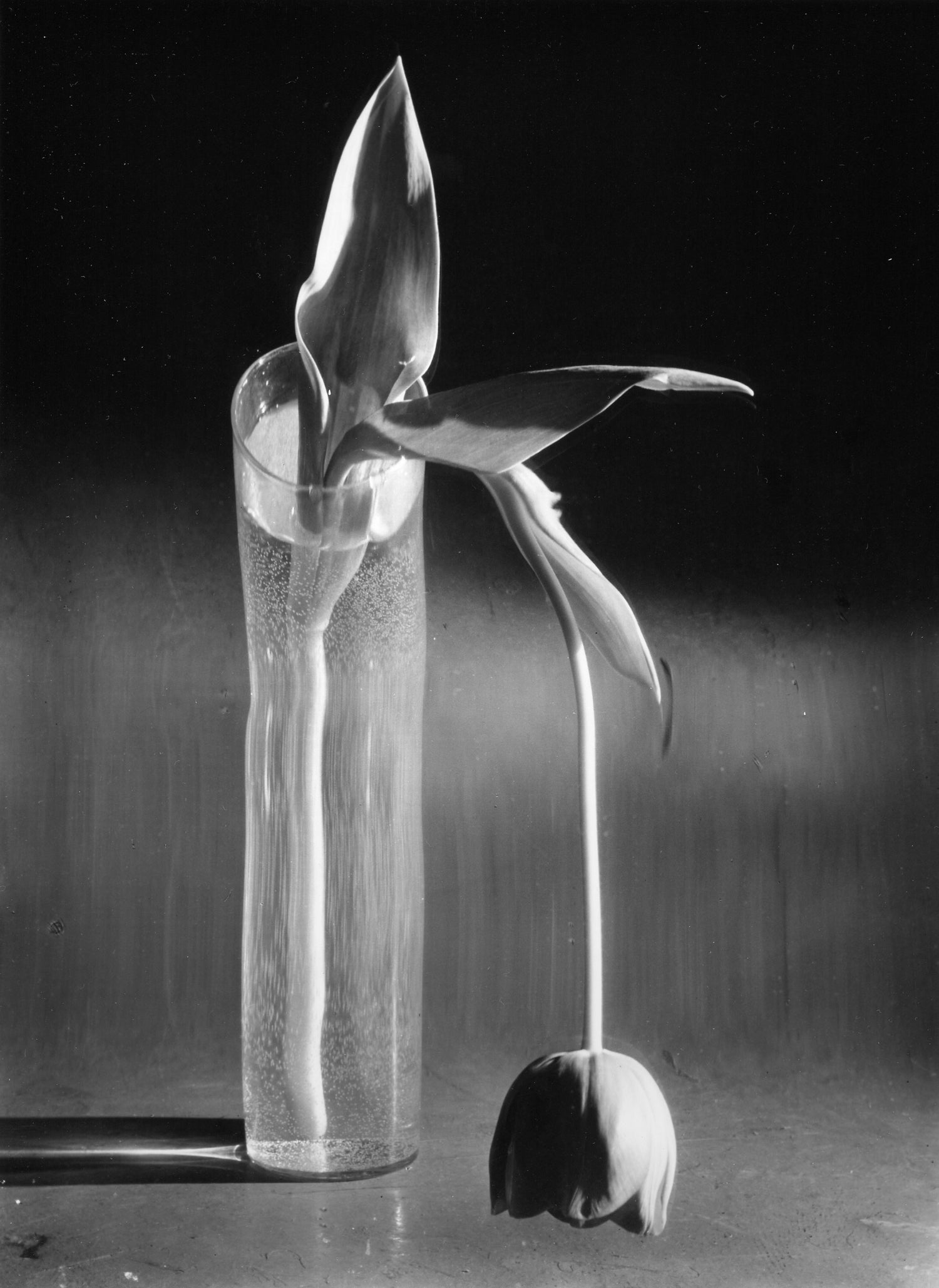In the annals of photographic history, few names are as revered and influential as André Kertész. Hailing from Hungary and making significant marks in Paris and New York, Kertész's journey through the 20th century shaped not just his vision but also the trajectory of modern photography. His work, characterized by its poetic beauty and innovative compositions, has made him a beacon for photographers worldwide.
Born in 1894 in Budapest, Kertész's foray into photography began at an early age. While serving in World War I, he started documenting the life around him, developing an eye for the mundane's extraordinary facets. These formative years laid the foundation for what would become a distinctive Kertész style: capturing everyday moments with an almost lyrical charm.

It was in Paris during the 1920s and 1930s that Kertész truly flourished. Here, he mingled with the likes of artists Fernand Léger, Piet Mondrian, and Marc Chagall. The city, with its bustling boulevards and intimate alleyways, became Kertész's canvas. His images from this period, such as "Meudon" and "Satiric Dancer", are a testament to his ability to infuse commonplace scenes with artistic grandeur.

Kertész had an uncanny ability to find geometry in his surroundings. His compositions often played with shadows, reflections, and the environment's architectural elements. This deep understanding of structure and form is evident in photographs like "Chez Mondrian", where he effortlessly marries the abstract with the real.
Long before street photography became a recognized genre, Kertész was capturing candid moments of urban life. He had an innate ability to be an observer, almost invisible, catching people in their most genuine states. This talent made him one of the pioneers of candid photography.

The latter part of Kertész's career was spent in New York, a city he initially struggled to connect with after moving in 1936. However, the metropolis eventually grew on him, and he began to document its myriad faces, from the loneliness of urban life to the city's architectural wonders. The series on Washington Square Park is particularly notable, capturing the park's changing moods across different times and seasons.
André Kertész's impact on photography is immeasurable. He laid the groundwork for what we recognize today as candid and street photography. His innovative compositions have inspired countless photographers, including the likes of Henri Cartier-Bresson, who considered Kertész his mentor.

In a career spanning over seven decades, André Kertész immortalized slices of time, presenting them with an unmatched elegance. His contribution to the world of photography lies not just in the images he left behind, but in the way he taught us to see the world – with curiosity, compassion, and a keen eye for beauty in the everyday.

